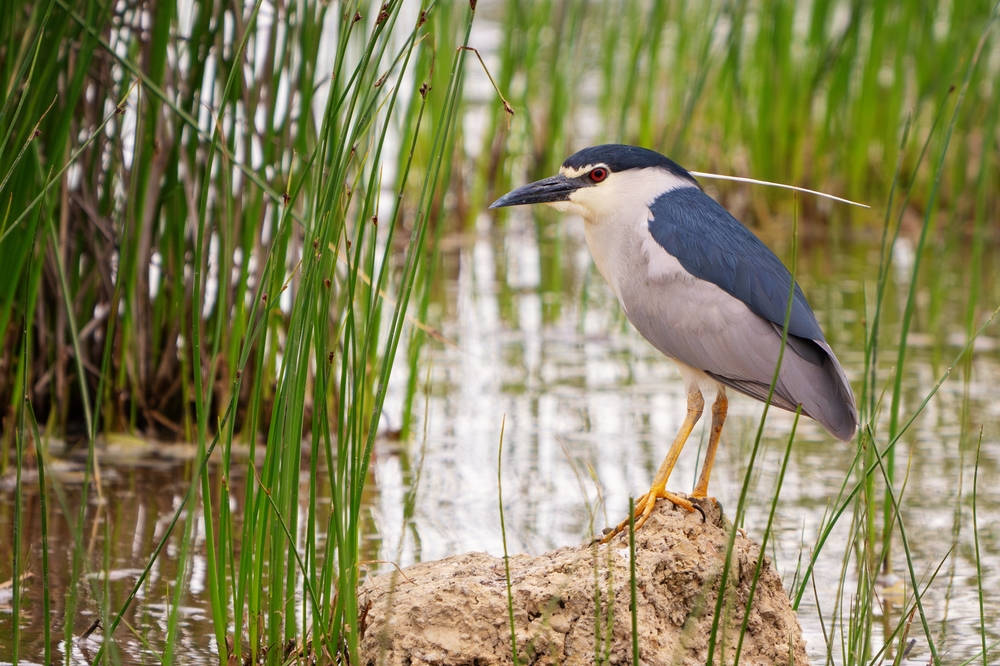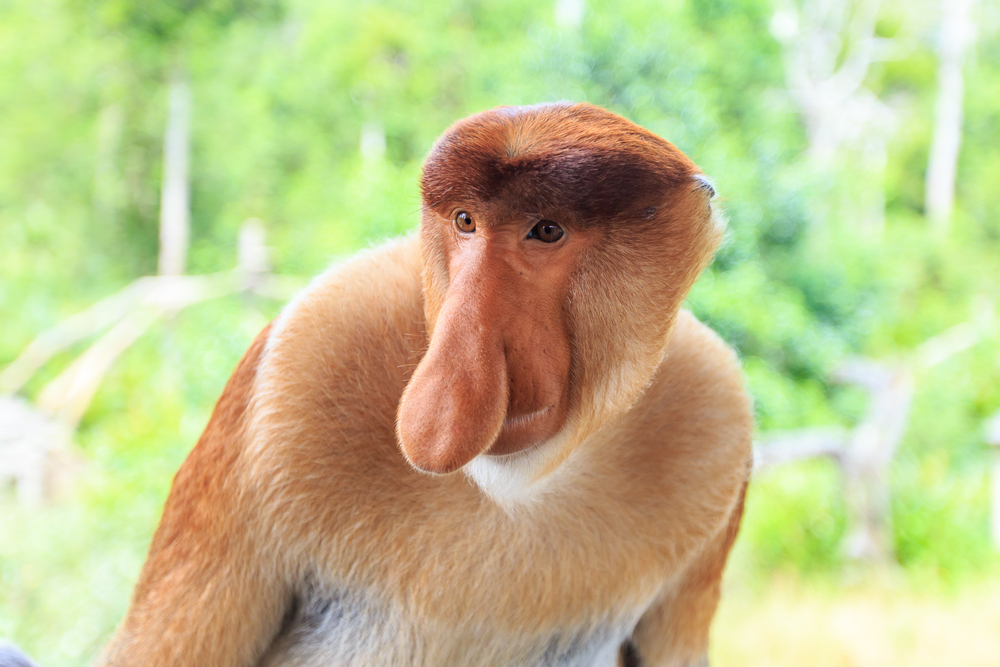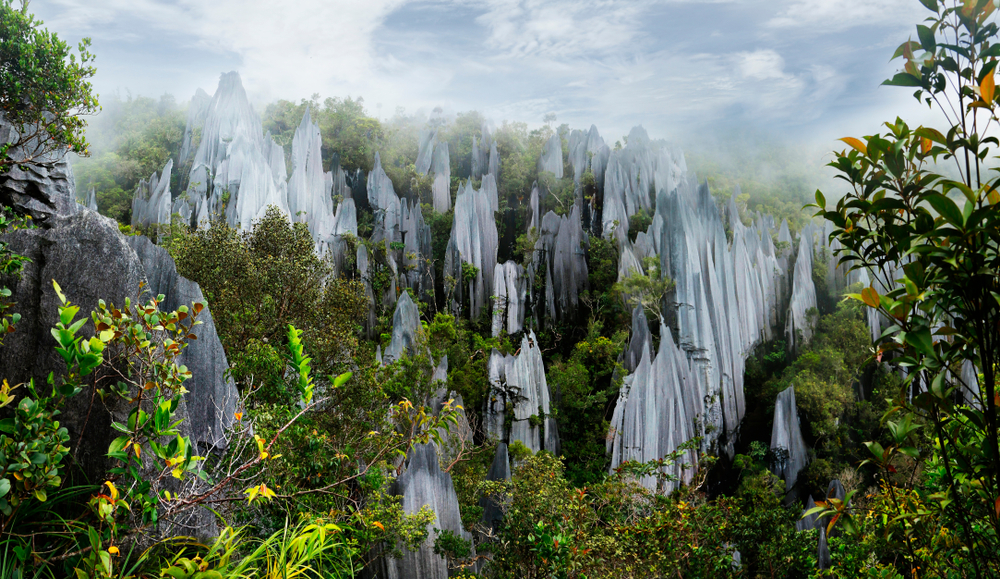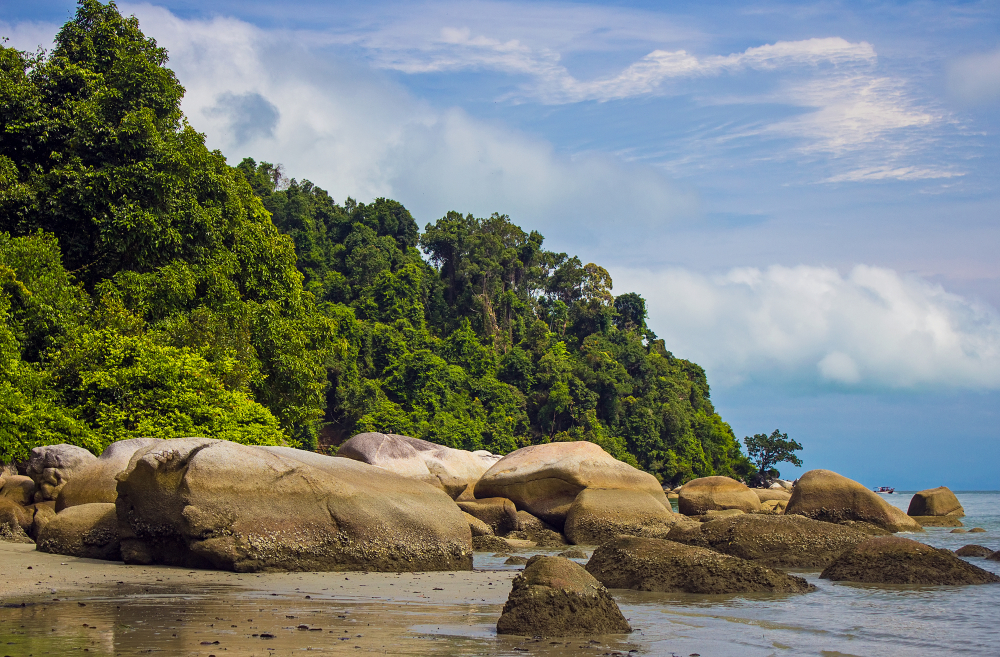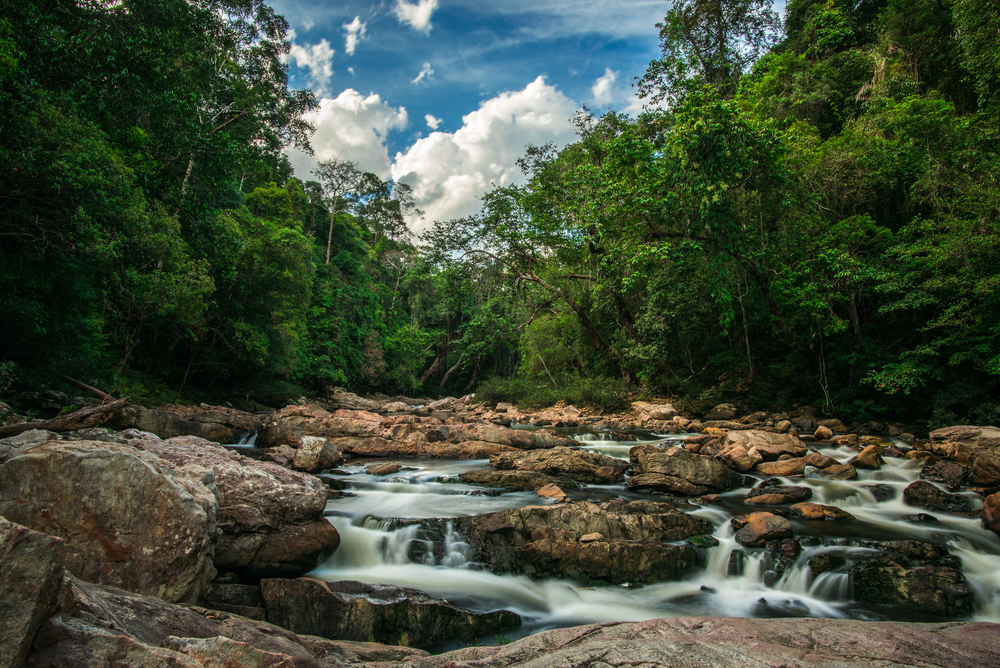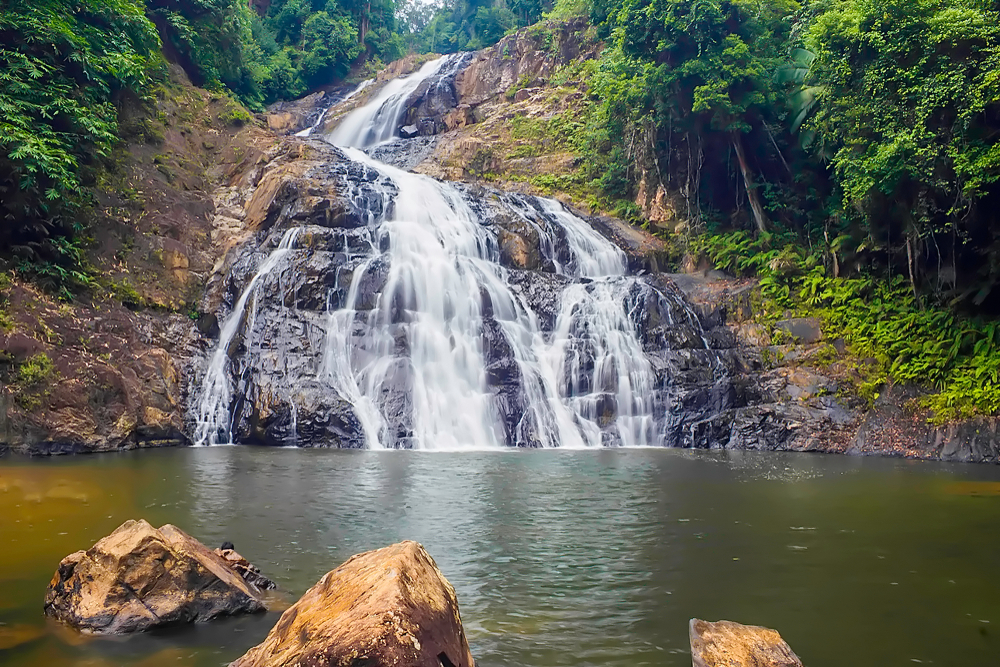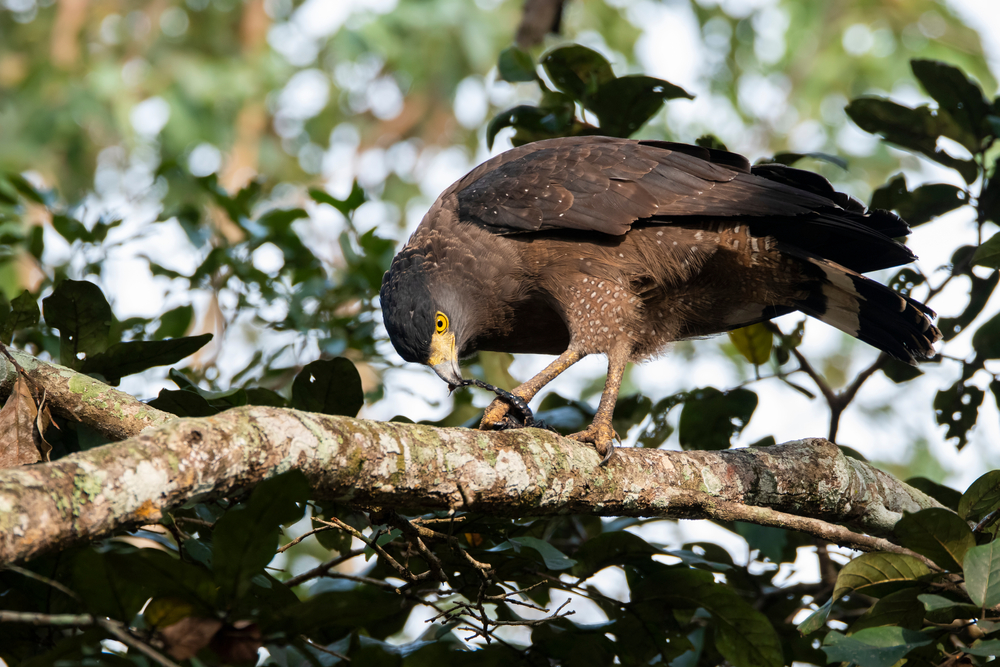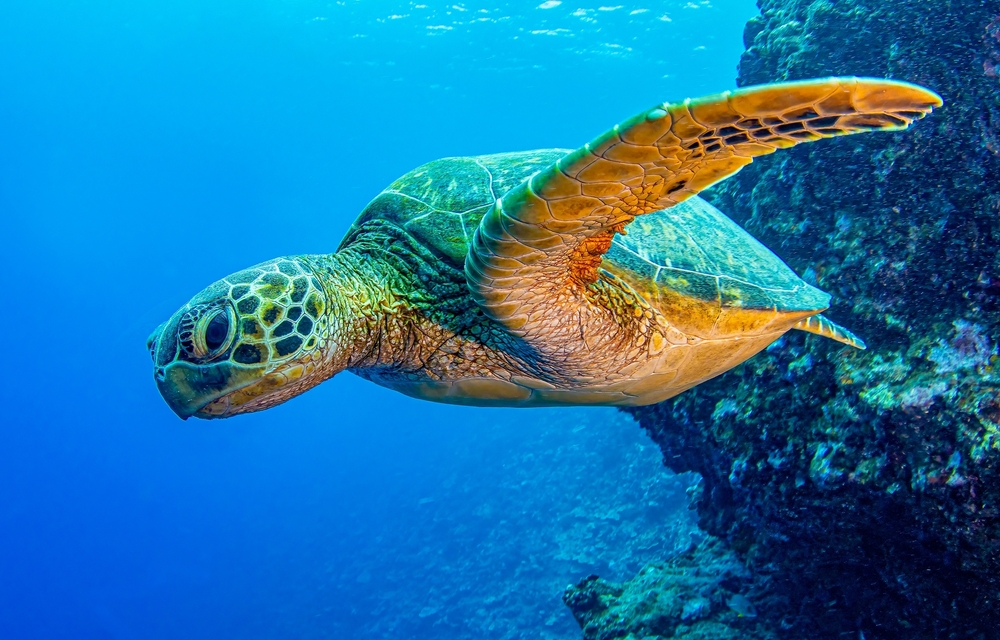Ulu Sebuyau Overview
Ulu Sebuyau National Park, known locally as Taman Negara Ulu Sebuyau, is a remarkable protected area in the Malaysian state of Sarawak, Borneo. Spanning approximately 76 square miles (196 square kilometers), the park is situated in the southern part of Sarawak, northeast of Kuching. This park forms part of the globally significant Borneo peat swamp forest ecosystem, a critical area for biodiversity, carbon storage, and water regulation.
The terrain of Ulu Sebuyau National Park is primarily defined by low-lying peat swamp forests interspersed with river systems, oxbow lakes, and seasonal wetlands. These features create a mosaic of lush greenery and dark, nutrient-rich waters that give the area its unique ecological character.
Vegetation in the park includes towering dipterocarp trees, a hallmark of Borneo’s tropical forests, alongside pandanus palms, rattan, and unique swamp vegetation like nipah palms and aquatic ferns. The landscape is often shrouded in mist in the early morning, giving it a mysterious and tranquil atmosphere.
Ulu Sebuyau is home to an array of wildlife, with many species being endemic to Borneo or critically endangered. Mammals such as the Bornean orangutan, proboscis monkey, and Malayan sun bear are among the park’s most iconic inhabitants. The park also serves as a haven for smaller mammals like the pygmy squirrel and unique nocturnal species, including flying lemurs.
Birdwatchers can marvel at species like the rhinoceros hornbill, black-crowned night heron, and stork-billed kingfisher. These animals rely on the park’s diverse habitats, from tree canopies to swampy ground.
Visitors to Ulu Sebuyau National Park are drawn by its pristine and untouched wilderness, offering a chance to experience nature in its purest form. The Sebuyau River, which runs through the park, is a highlight for kayaking and boat tours, allowing visitors to immerse themselves in the landscape. Guided nature walks and wildlife spotting tours provide opportunities to observe flora and fauna up close, while photography enthusiasts are captivated by the park’s raw beauty.
The park faces significant conservation challenges, primarily from deforestation, illegal logging, and peatland drainage outside its boundaries, which threaten its ecosystems. However, collaborative efforts by Sarawak Forestry and international conservation organizations have led to successful reforestation programs and stricter enforcement of protection laws. These initiatives have helped mitigate some pressures, ensuring the survival of this critical habitat.
Ulu Sebuyau National Park is a jewel of Sarawak, offering a rare opportunity to explore a unique peat swamp ecosystem and witness the extraordinary biodiversity of Borneo.








































































